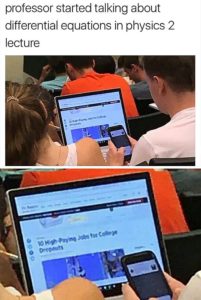Homework #20 Extra credit:
In the video ‘Without A Net: The Digital Divide in America” the producer is trying to draw attention to the lack of importance’s of having technology in schools. My overall reaction was that schools were progressing on fixing some of the complaints that were being made, already which was neat. Another thought that came to mind was the amount of complaints there where about not having enough technology and although I completely agree that technology is very helpful for learning, I do believe that we take for granted how lucky we are because there are schools that do not have the ability to have any technology. Overall, I understood their arguments and found it frustrating they provide laptops or iPad but not have internet. One of my favorite points was about the fact that it is difficult for those who want a profession in technology because there is not enough technology for them to be able to compete against others on the same level. Kids should have an opportunity to learn skills that they will need for their next stage of life, whether it be for college or going straight to it after high school. I think in that sense it’s Important for students to be able to have resources that will help them later in life. Some of the areas of Digital Divide that could be improved is the lack of preparation that is done before decisions are made. It would be easier if they planned every detail rather than just throwing stuff at the schools an expect everything to work. They need to make sure connections are there as well as instruction. Another very important factor is to make sure all schools are on the same page because it not fair if some school are able to have more tools to enhance the learning process than others. In conclusion this video was more of a refresher on information I already knew because my parents complain about this problem at there schools as well. Although there was some new information that was very valuable and helped me better understand the problem with the digital divide.





